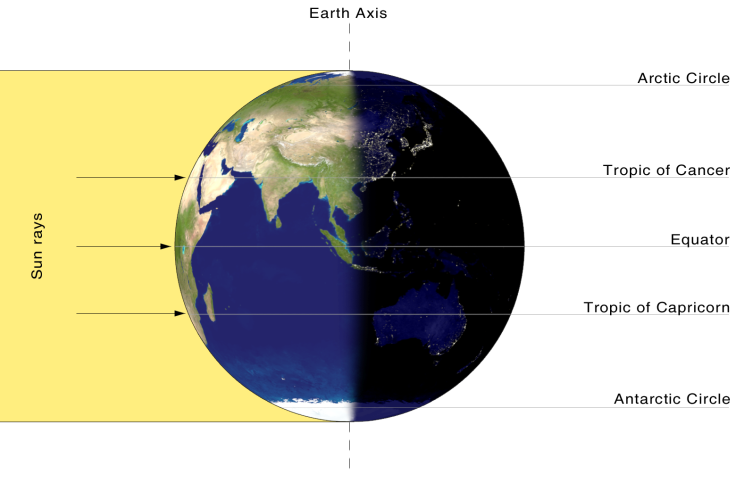Spring equinox 2015: What is the science behind the March equinox?

Excitement is mounting in the UK over the upcoming solar eclipse, which will darken the skies by up to 99% in parts of Britain on Friday morning. Yet the spectacular phenomenon will coincide with two other events – a perigee moon and the spring equinox.
The vernal equinox, known as the spring equinox in the northern hemisphere, is set to mark the arrival of spring on Friday 20 March. Although the equinox has no impact on the other two events, it is extremely rare that they should take place on the same day.
What is an equinox?
As the Earth travels around the sun along its orbit, the north to south position of the sun changes over the course of the year due to the changing orientation of the Earth's tilted rotation axes. The dates of zero tilt of the Earth's equator correspond to the spring equinox and the autumn equinox.
Equinoxes occur when the plane of Earth's Equator passes the centre of the sun. At that instant, the tilt of the Earth's axis neither inclines away from, nor towards, the sun. This happens twice a year, around 20 March and 20 September, which are the only times when the subsolar point – the place on Earth's surface where the centre of the sun is exactly overhead – is on the equator and consequently, the sun is at zenith over the Equator. The subsolar point crosses the equator, moving northward at the March equinox and southward at the September equinox.

This means that day length is exactly the same - 12 hours - at all points on the Earth's surface on these days, with the exception of each pole, where it will be about to change from permanent light to dark, or vice versa. For those in the southern hemisphere, this time is the autumnal equinox that is taking people into their winter.
Where does the word equinox come from?
The term equinox comes from the Latin aequus, meaning equal, and nox, meaning night. This is derived from the oldest understanding of an equinox, which suggests it is the day when daytime and night are of equal duration. This definition, however, is inaccurate.
Firstly, sunrise occurs when the top of the sun's disk rises above the eastern horizon. At that instant, the disk's centre is still below the horizon. Secondly, Earth's atmosphere refracts sunlight and as a result, an observer sees daylight before the first glimpse of the sun's disk above the horizon. Times of sunset and sunrise vary depending on the location of an observer – longitude and latitude – so the dates when day and night are closest together in length depend on location.
© Copyright IBTimes 2025. All rights reserved.






















